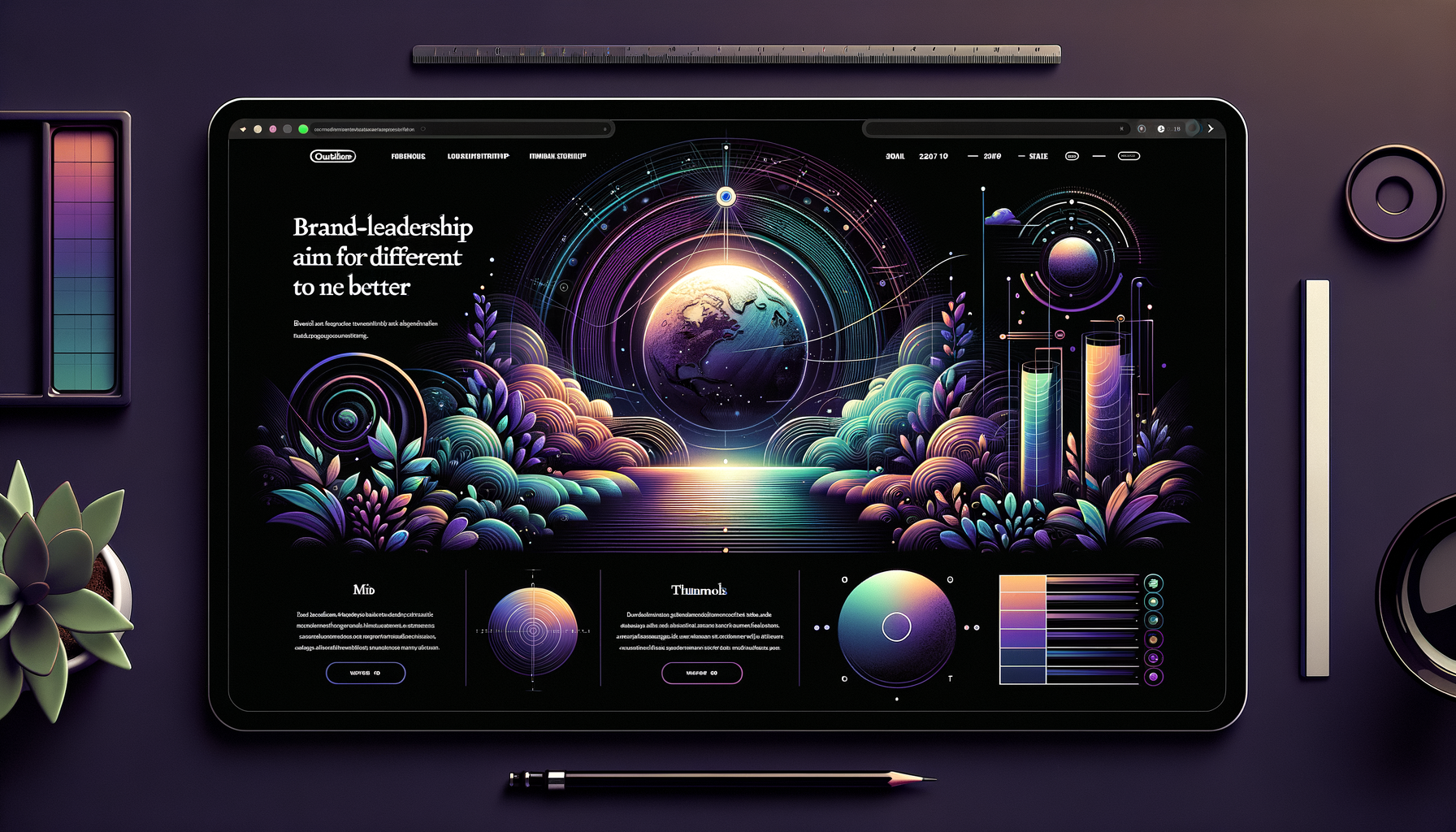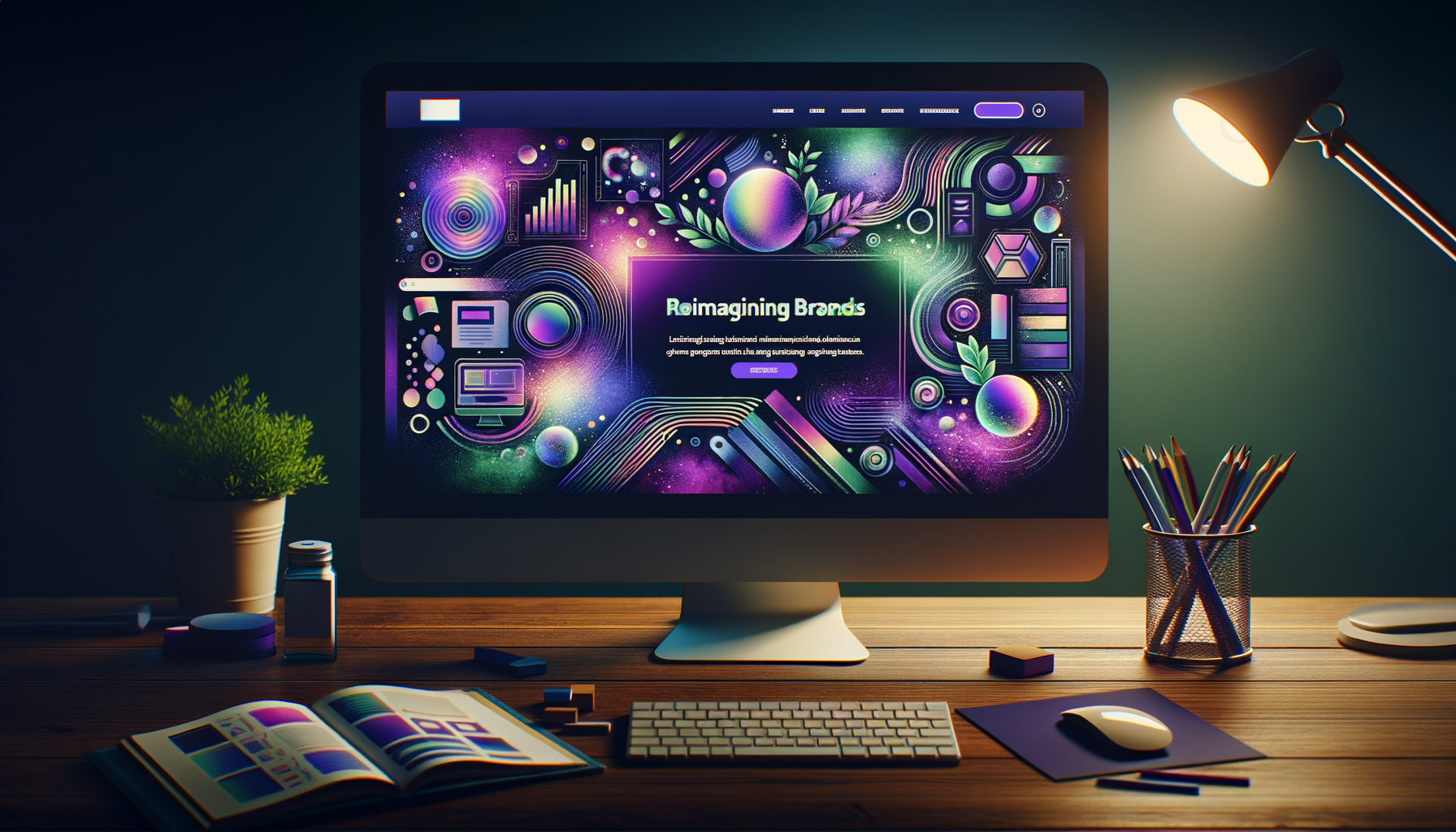Growing Brands via Different Usage Contexts: A Comprehensive Guide for Businesses
In the dynamic world of branding and marketing, understanding how to grow brands through different usage contexts is crucial. This strategy helps businesses reach varied user segments, enhancing both visibility and user engagement. This article delves into the principles of expanding brands via different usage contexts, supported by an in-depth analysis, real-world examples, and insights from the industry. Whether you operate in Spain, the European Union, or beyond, this guide will empower you to optimize your brand growth strategies effectively.
Understanding Usage Contexts in Branding
Usage contexts refer to the various scenarios and environments in which consumers interact with a product or service. These contexts can profoundly influence perception, satisfaction, and overall usage behavior. Brands that successfully identify and leverage these contexts can create more personalized and engaging experiences for their customers.
The Importance of Usage Contexts
Recognizing different usage contexts allows brands to:
- Enhance Customer Experience: Tailoring products and communications based on specific contexts can significantly boost customer satisfaction.
- Drive Innovation: Identifying new usage scenarios can inspire product development and innovation.
- Optimize Marketing Strategies: Targeted marketing based on usage contexts can improve the effectiveness of campaigns.
Strategies for Leveraging Different Usage Contexts
1. Conducting Comprehensive Market Research
Understanding your audience is the first step to leveraging usage contexts. Conduct surveys, focus groups, and social media listening to gather insights into how and when customers use your product. Tools like Google Analytics and customer feedback software are invaluable here.
2. Segmenting Your Audience
Divide your audience into distinct segments based on their usage contexts. This segmentation allows for more targeted and effective marketing efforts. For instance, a tech company might identify different user groups such as remote workers, on-the-go professionals, and home users.
3. Tailoring Product Features and Services
Adapt your products and services to better fit the identified usage contexts. For instance, software companies can offer mobile-friendly versions for on-the-go users or enhanced security features for corporate clients.
4. Context-Based Marketing Campaigns
Develop marketing campaigns that resonate with the specific contexts of your audience. Use contextual keywords and visuals that align with the user’s environment and situation. For example, a fitness brand might create campaigns centered around home workouts, outdoor activities, or gym exercises.
Real-World Examples of Contextual Branding
Apple’s Ecosystem Approach
Apple excels at creating an interconnected ecosystem that caters to various usage contexts. Whether users are at home, work, or on the move, Apple’s suite of products — from iPhones and MacBooks to AirPods and Apple Watches — seamlessly integrates, providing a consistent and enriched user experience.
Nike’s Personalized Marketing
Nike uses data-driven insights to deliver personalized marketing content based on customer behaviors and preferences. Their Nike Training Club app offers tailored workout plans and videos, adapting to the individual’s fitness journey, whether at the gym or at home.
The Role of Technology and Cybersecurity
Incorporating technology and cybersecurity into your strategy for exploiting different usage contexts is essential. As a digital era company, ensuring that user data is secure while providing a seamless experience is paramount. Here’s how to achieve that:
Utilizing AI and Big Data
Leverage artificial intelligence and big data analytics to gain deeper insights into user behavior and preferences. These technologies can help you understand usage patterns, predict trends, and personalize user interactions.
Ensuring Robust Cybersecurity Measures
With increased data collection comes the responsibility of safeguarding user information. Implementing strong cybersecurity practices not only protects your brand but also builds trust with your customers. At Hodeitek’s services, we offer comprehensive solutions to fortify your business against cyber threats.
Statistical Insights
According to a report by McKinsey, companies that leverage customer behavioral insights outperform their peers by 85% in sales growth and more than 25% in gross margin. Additionally, a study by Accenture found that 91% of consumers are more likely to shop with brands that provide relevant offers and recommendations.
Implementing Usage Context Strategies
To implement these strategies effectively, follow these steps:
Step 1: Identify Key Usage Contexts
Map out the different contexts in which your customers use your product or service. Prioritize those with the most significant impact on user experience and brand perception.
Step 2: Develop Context-Specific Features and Content
Create features, services, and content tailored to these contexts. Ensure that your offerings address the specific needs and preferences of users in each context.
Step 3: Monitor and Adjust
Continuously collect feedback and monitor performance. Use this information to refine your strategies and address any emerging usage contexts.
Conclusion
Growing your brand via different usage contexts is an invaluable strategy in today’s competitive market. By understanding and catering to the specific needs and behaviors of your audience, you can enhance user satisfaction, drive innovation, and achieve significant growth. At Hodeitek, we are committed to helping businesses navigate this complex landscape through our comprehensive service offerings. Explore our services to see how we can support your brand’s growth and innovation.
If you’re ready to take the next step, don’t hesitate to contact us. Our expert team is here to provide tailored solutions to help you thrive in any usage context.
Enhance your brand’s reach, leverage the power of context, and secure your business’s future success. Let’s grow together!






